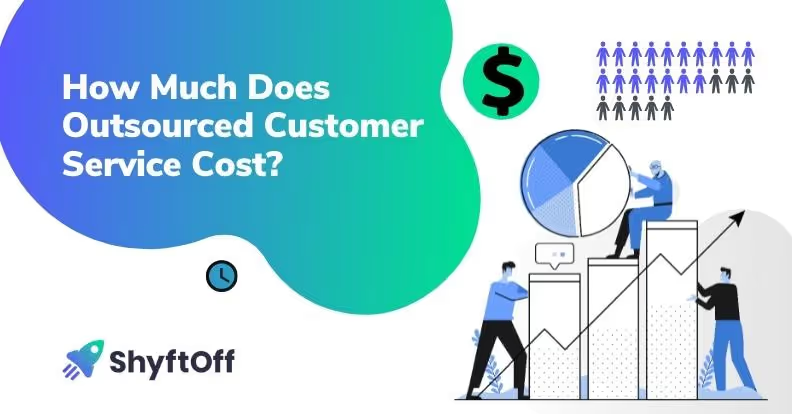Most contact center leaders know what contact center optimization is through experience. At some point in their career, they’ve had to double down on strategies or tactics to lower costs, improve agent performance, or redesign their customer experience. However, with new technology advancements, now is a great time for leaders to revisit what optimization looks like in the new era of contact centers. This refresher aims to reinvigorate your approach to optimization, ensuring your contact center not only meets but exceeds performance expectations in an evolving landscape.
Revisiting the Basics with a Strategic Eye
When done correctly, contact center optimization can improve operation efficiency and align your contact center to broader business objectives. It involves a holistic approach that integrates people, processes, and technology to deliver exceptional customer service while maintaining cost-effectiveness.
While not exhaustive, here’s a look at the functional areas of a contact center that should be considered when revamping a contact center optimization strategy.
2.0 Your Customer Service
Focus on reducing response times, improving first-contact resolution rates, and enhancing customer satisfaction. Use customer feedback and data analytics to identify service or product improvement areas. Specific customer feedback around service opens opportunities for improving customer interactions.
Upskilling Agents for Improved Technical Support
Prioritize efficient problem-solving and technical expertise at the agent level. Implement tools and systems that help agents quickly access information and resolve issues. Training and continuous learning are crucial to keep up with technological advancements.
Revamping Your Sales Strategies
A contact center can be much more than a service center for your business. It can be an effective vehicle to sell and retain existing customers. Evaluating how your contact center manages leads, increases conversions, and delivers cross-selling and up-selling techniques matters significantly. Contact center leaders can tailor sales strategies by understanding customer demographics and feedback data.
Human-Centered Quality Assurance
In recent years, many monitoring and feedback systems have emerged to ensure compliance with standards and continuous improvement in service quality. Narrowing on the right tools to closely monitor your agent performance and customer interactions. However, monitoring is only one part of it–there needs to be a strong feedback loop that gets back to the agents in ways that motivate them to improve performance. A robust quality assurance program should also include constructive coaching, gamified KPIs, and other methods to keep the team's morale up while ensuring the best outcomes for your contact center.
Flexible Training and Development Programs
In previous articles, we’ve written about the challenges of classroom-based training and how to effectively optimize contact center training. There are growing benefits to leveraging self-paced training to help agents ramp up quicker, develop problem-solving skills, and experience more hands-on training. A strong training and development program should be optimized to easily incorporate new updates on emerging customer service trends, new products or services, and feedback from quality assurance or customers. It should also carefully balance developing hard skills (technical knowledge) and soft skills (communication and empathy).
Cost-Effective Workforce Management
This is our bread and butter at ShyftOff. By leveraging a strong outsourcing partner, especially one specializing in high-performing, flexible remote teams like we do, your contact center can completely rethink what an effective workforce looks like. With the right approach, contact centers can improve scheduling efficiency, forecast demand more accurately, and ensure optimal staffing levels to meet service level agreements without overstaffing. Here’s a closer look at how on-demand contact centers can make this happen, especially when optimizing workforce management.
Embracing New Technology
Innovative leaders must invest in keeping contact center technology up-to-date and running smoothly. Those above the rest will implement technologies that can quickly provide immediate ROI or effective results. As most contact centers move to cloud-based solutions, this is an opportunity for contact center leaders to identify ways to streamline current processes and technology. One thing to remember is that too many new technologies can do more harm than good. If the adoption happens too quickly, it can cause friction amongst agents or be an expensive solution if not implemented properly. However, don’t be afraid to reevaluate your contact center’s CRM systems, omnichannel platforms, and AI-based solutions like chatbots.
Comprehensive Analytics and Reporting
It’s important to ensure that the tools you use in your contact center provide effective data analytics you can actually act on. The right solutions should provide insights into customer behavior, agent performance, and operational efficiency. Everyone in the contact center should embrace the power of real-time dashboards for better decision-making.
Developing a Contact Center Optimization Strategy
Optimization is not just about cutting costs; it's about smart cost management. Contact center optimization should be led by data and strong feedback. If you’re working through an optimization strategy, getting feedback from leadership, agents, and customers is important to understand where the improvements can be made.
As you plan, you should identify at least 3-5 goals to accomplish. Contact center optimization is an ongoing process; not everything will be solved immediately. You should identify opportunities to improve and prioritize resolving the most costly or inefficient processes first.
Here are a few goals you might develop to guide your strategy:
- Efficiently managing resources to reduce unnecessary expenses.
- Automating routine tasks to focus human efforts on complex interactions.
- Investing in training and development to reduce turnover and enhance agent capability.
For contact center leaders, revisiting optimization fundamentals with a strategic and innovative mindset is crucial for success this year and beyond. By focusing on advanced workforce management, technology integration, quality assurance, and customer feedback, you can drive your contact center toward improved efficiency, cost-effectiveness, and customer satisfaction. This refresher is your starting point to energize and optimize your contact center operations for outstanding performance in the coming year.
For more insights on how GigCX is designed for complex work, you might be interested in the following resources from our blog:
- Optimizing The Contact Center Customer Journey
- How to Optimize Contact Center Training for Performance
- Hacking Your Contact Center Management Strategy
Interested in augmenting your contact center operations with GigCX?
Contact our team to get started.
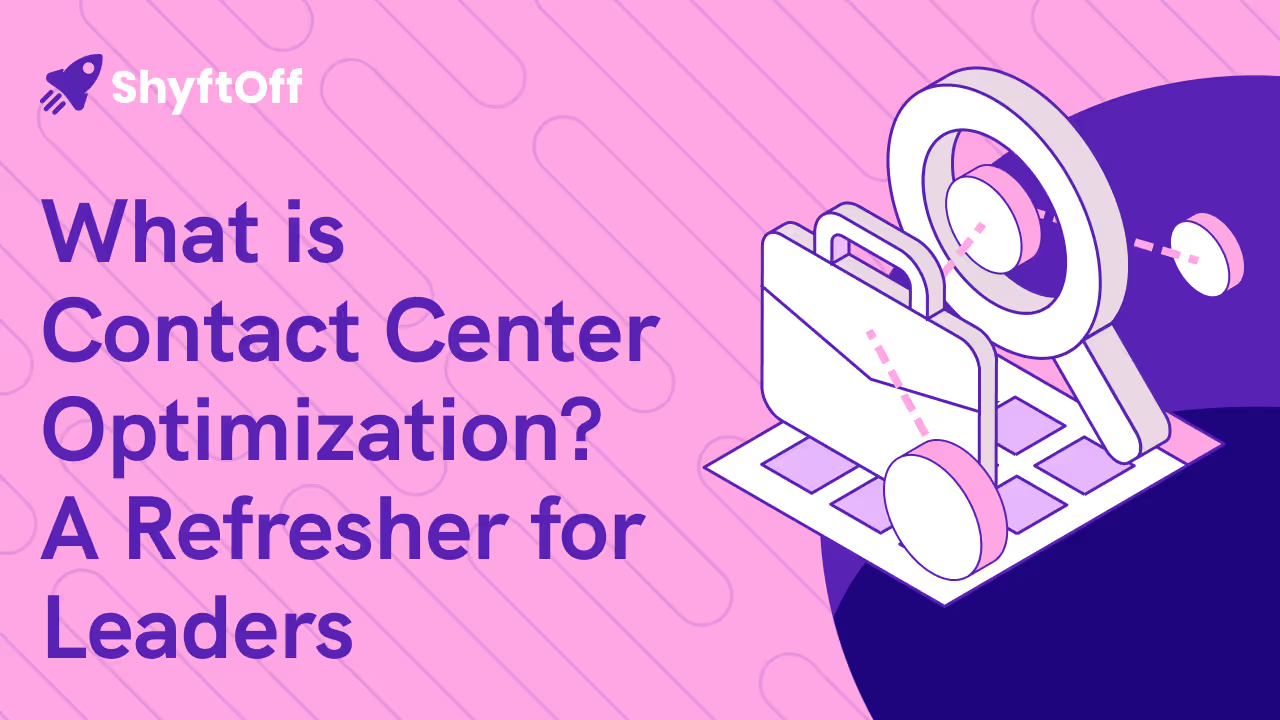

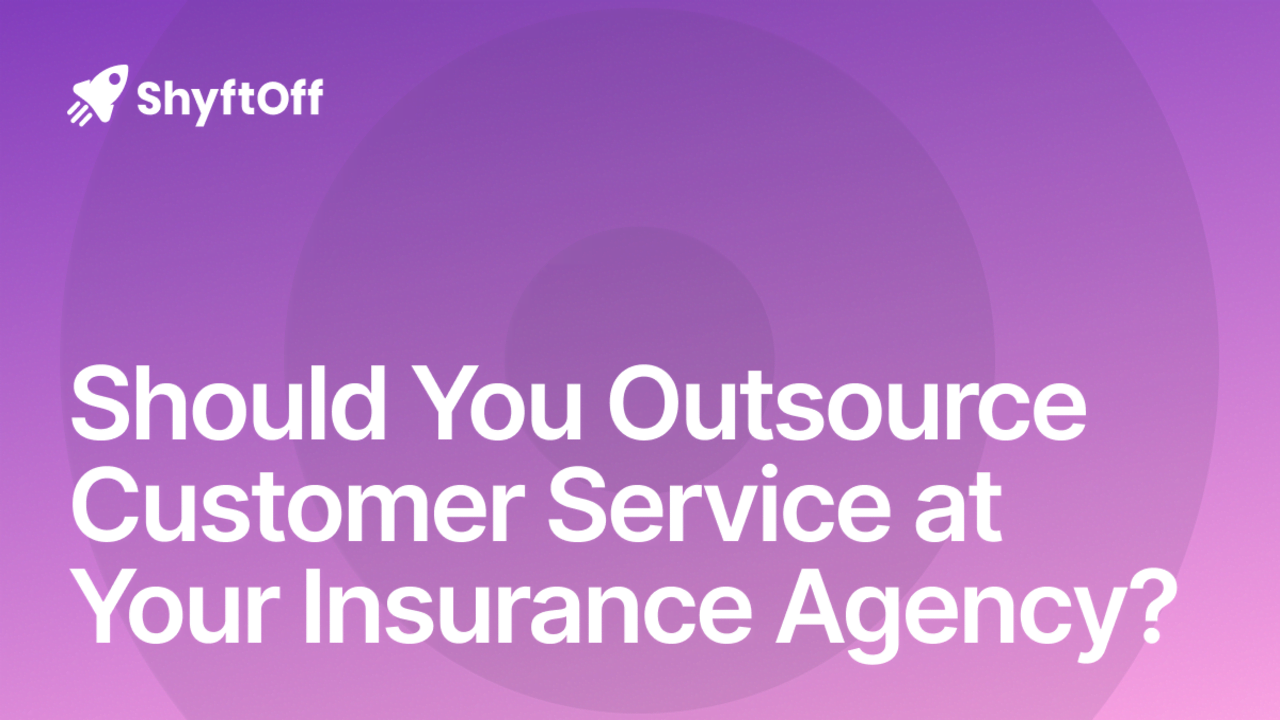

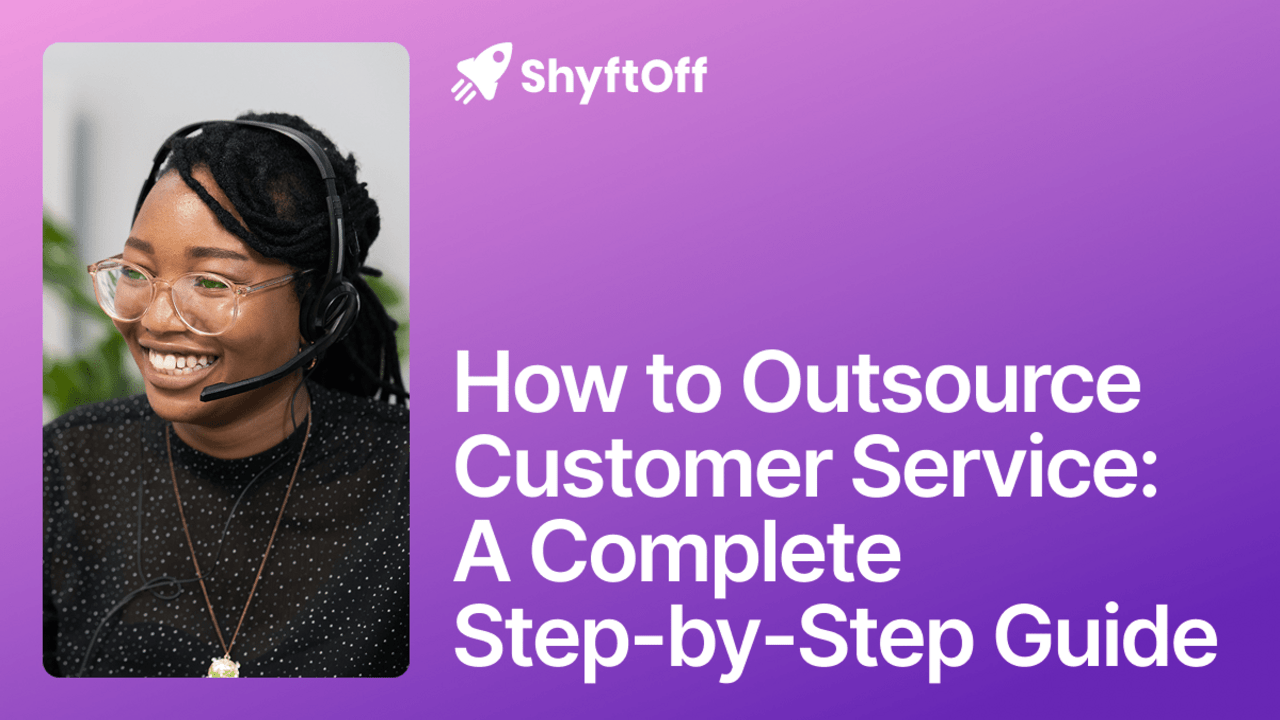
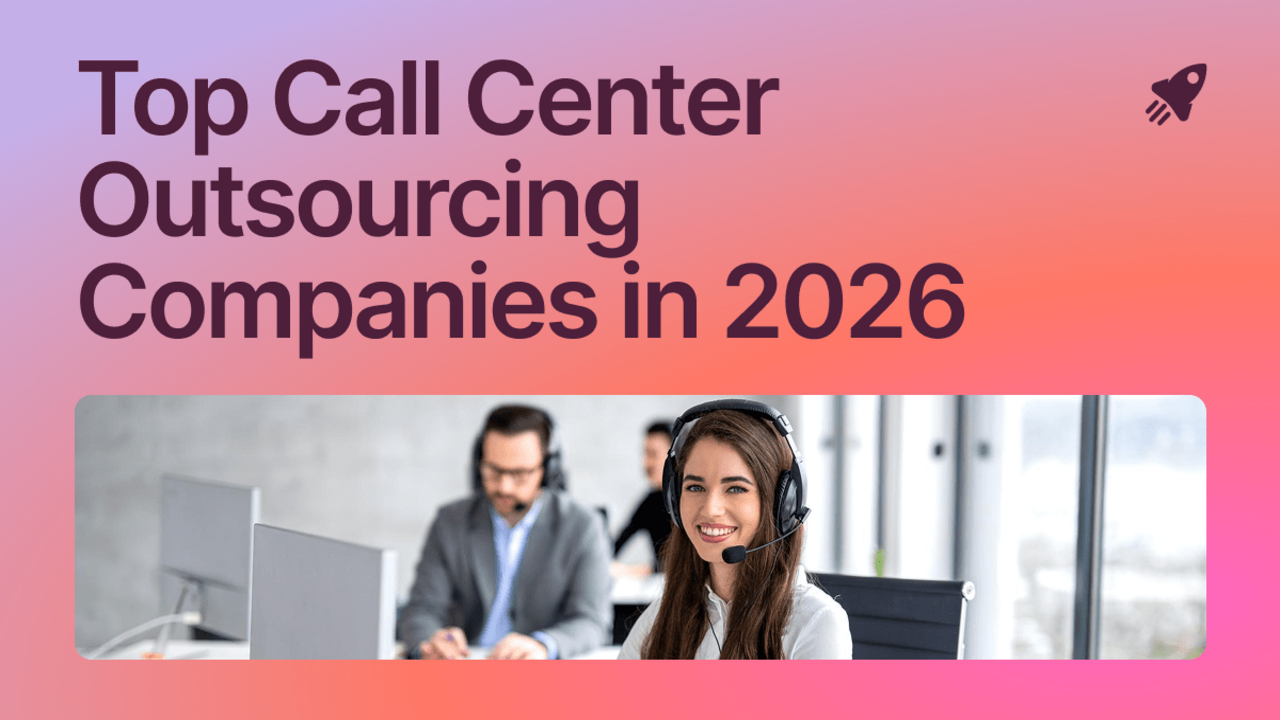
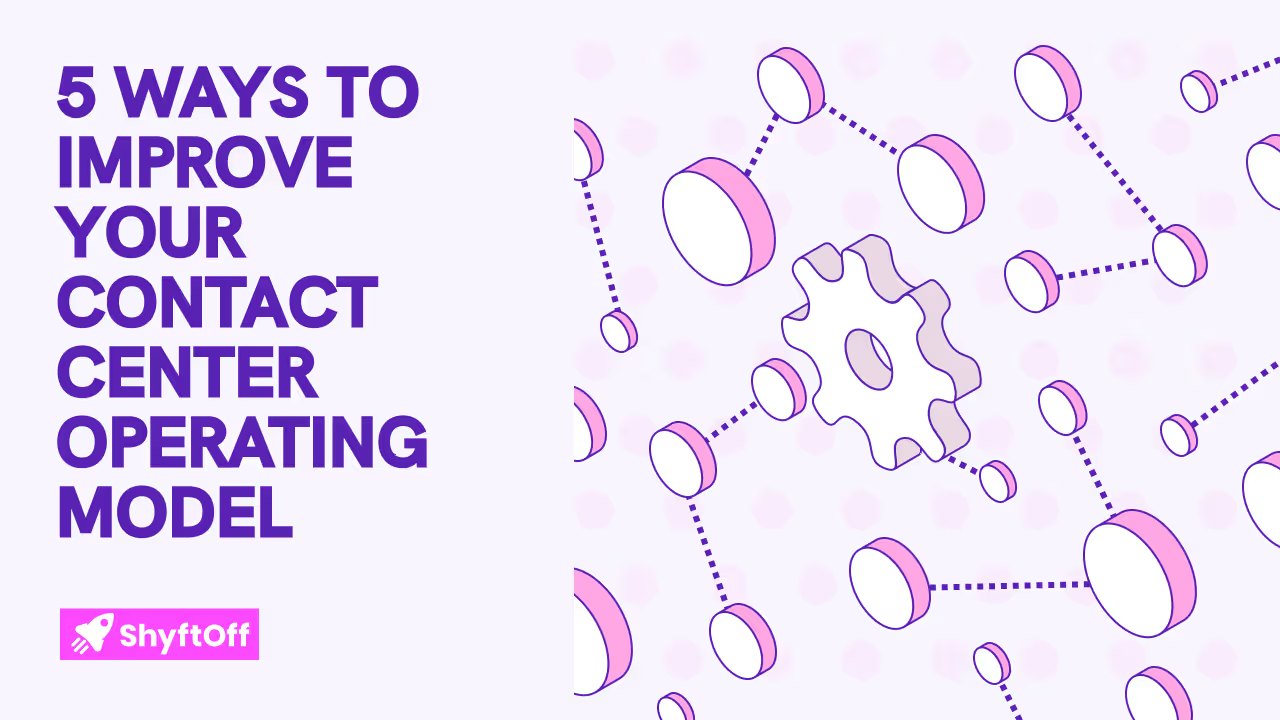
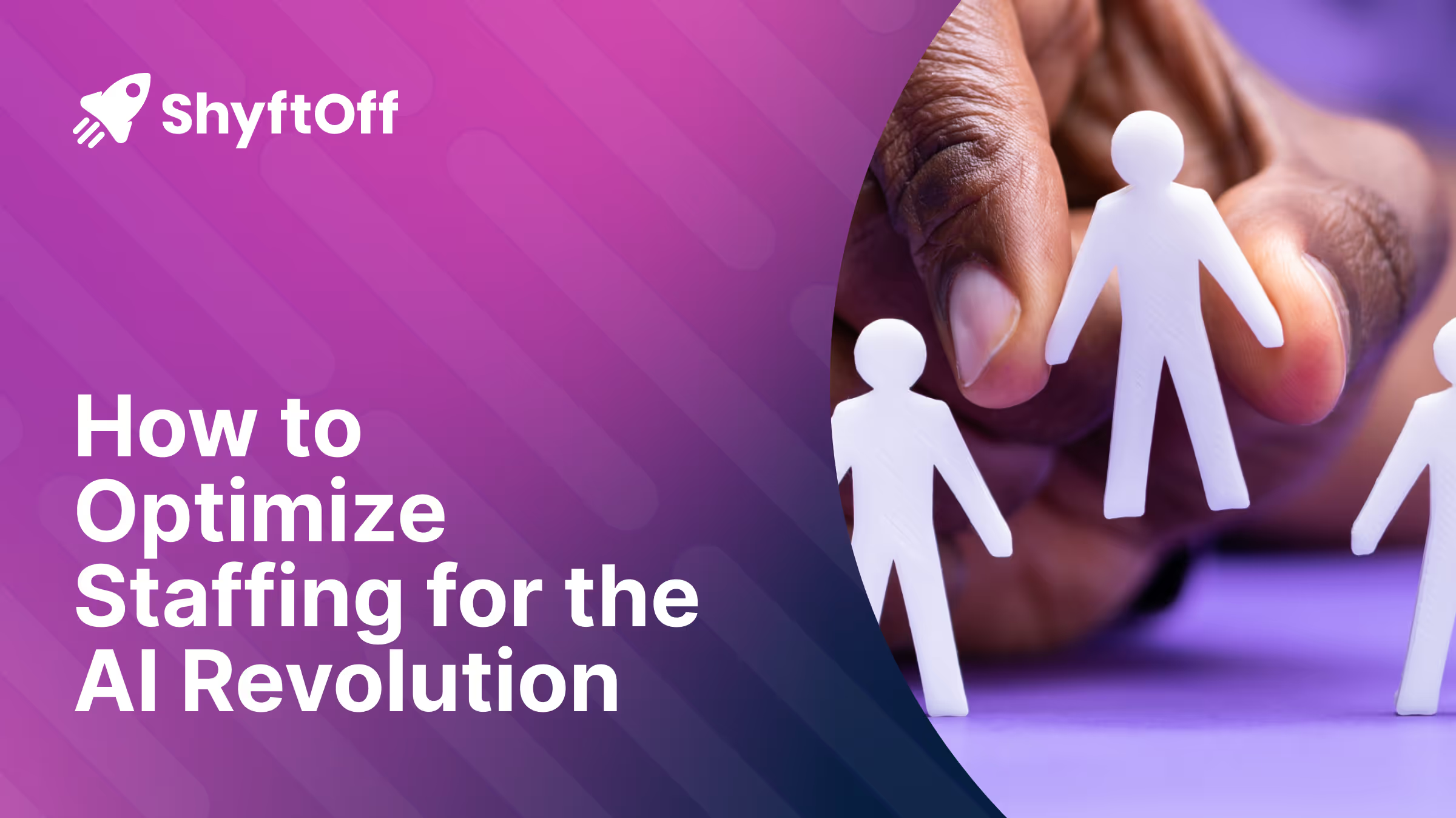
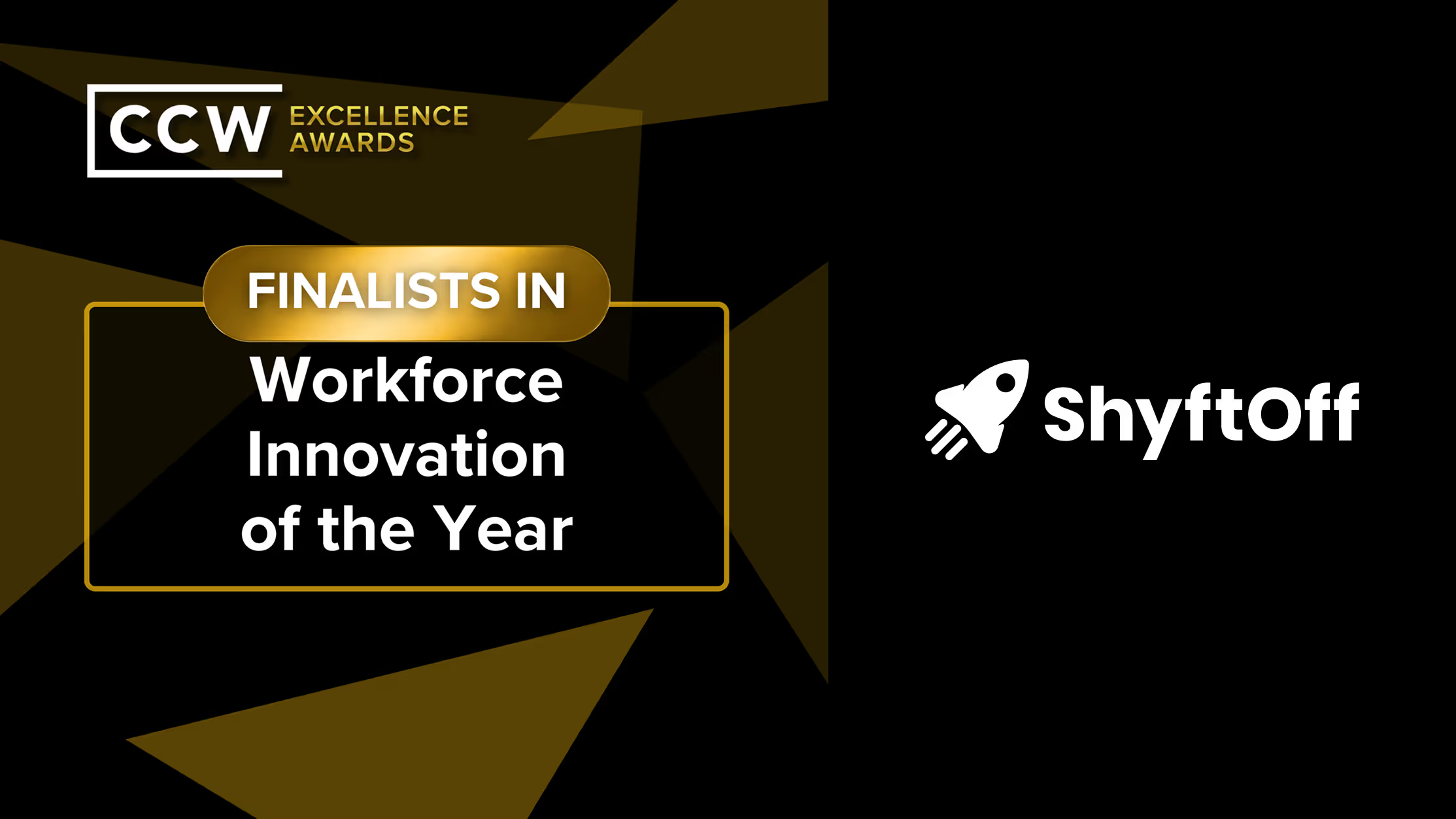


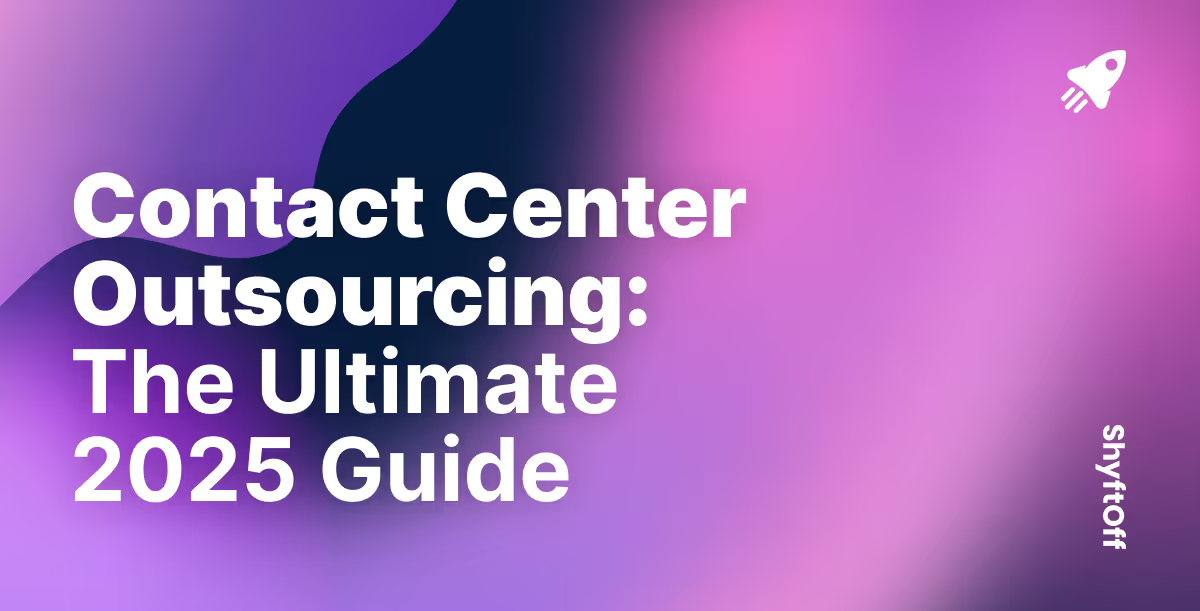
%2520(1)%2520(1).avif)
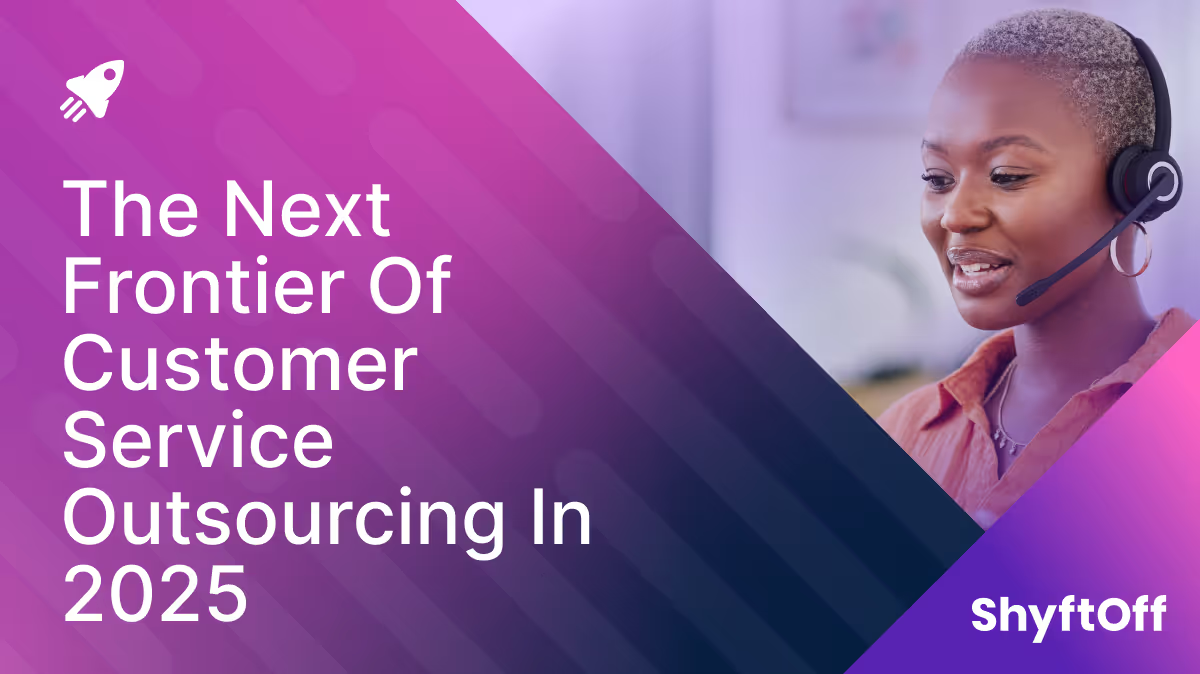
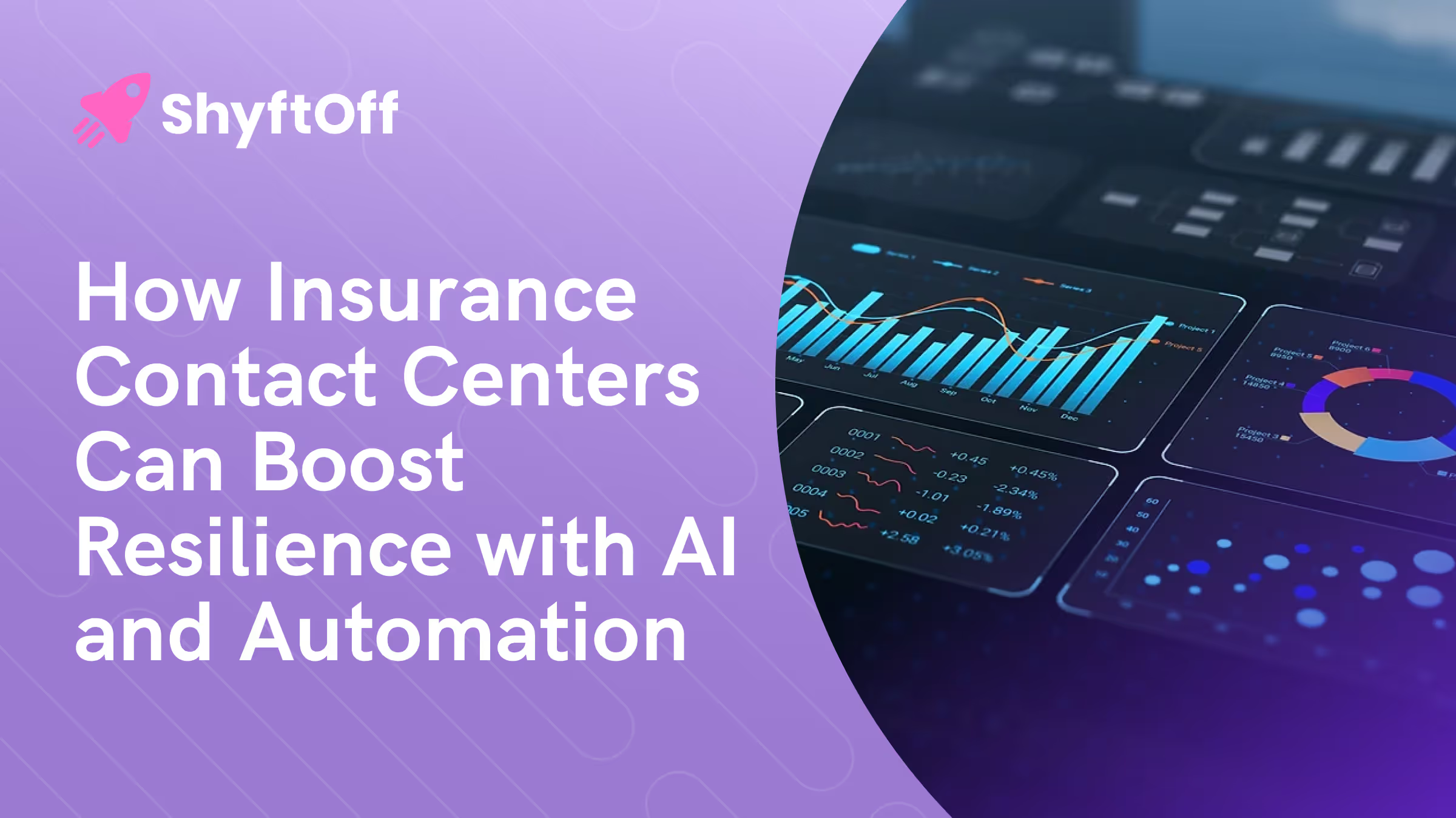
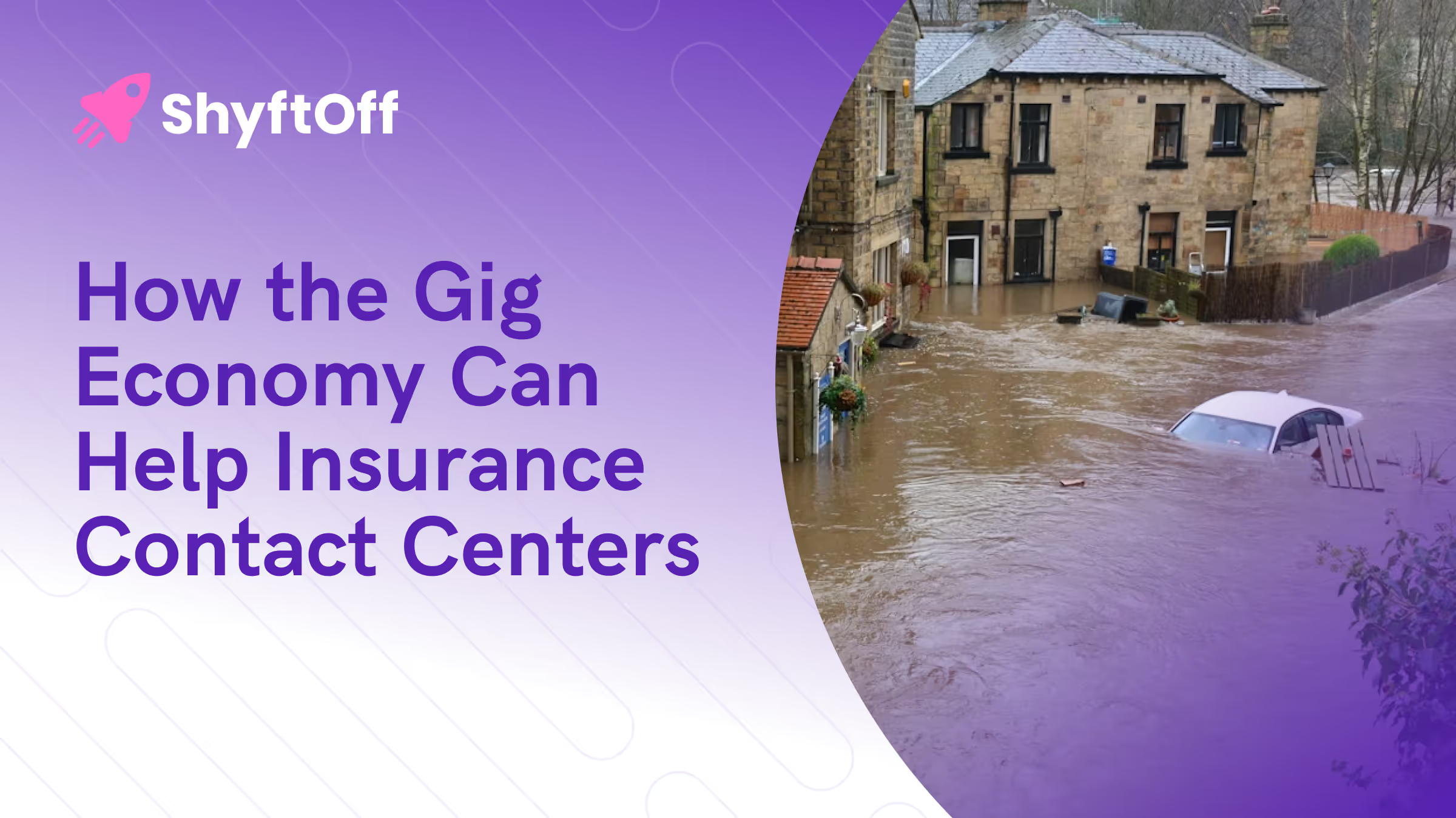

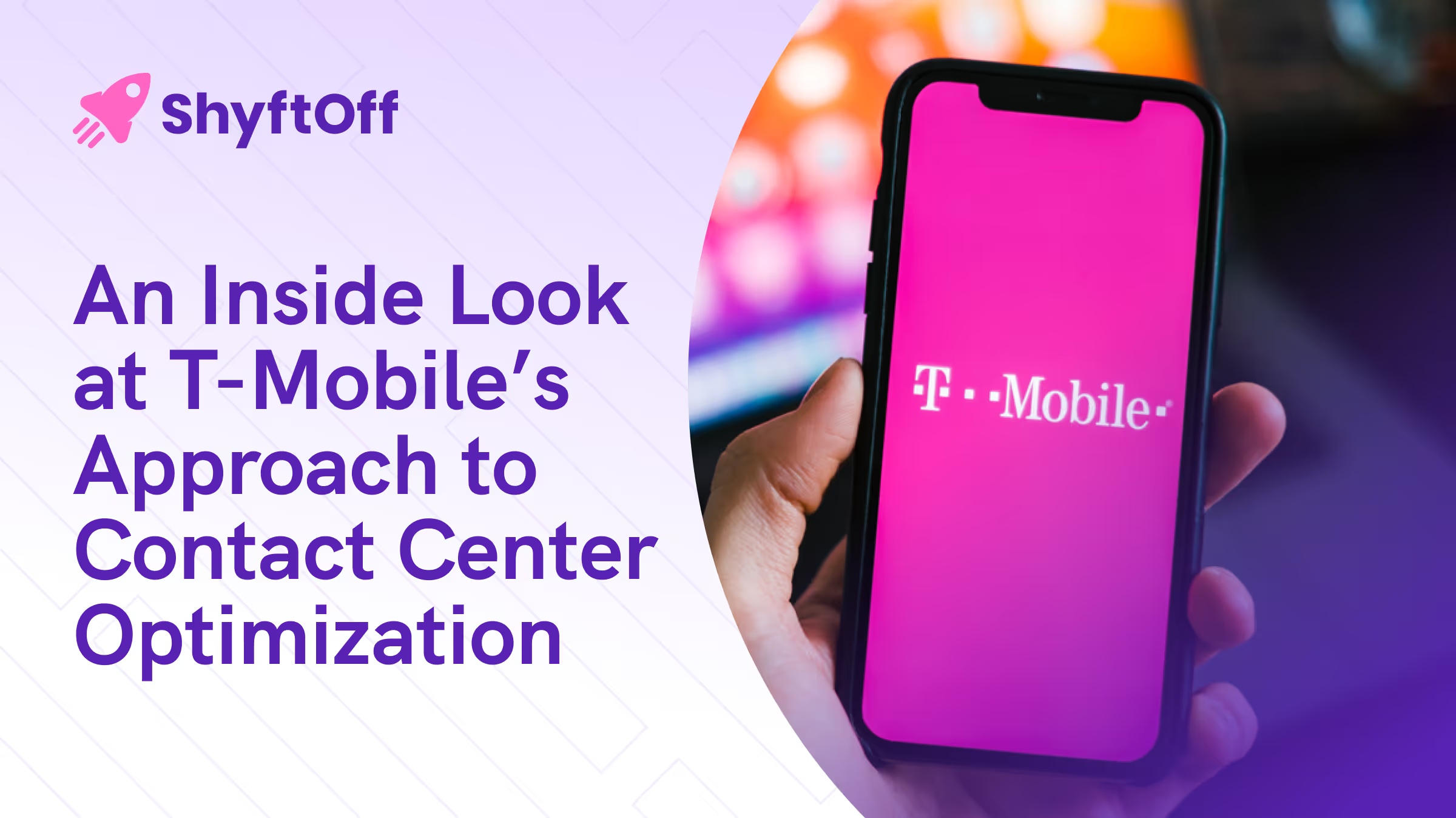
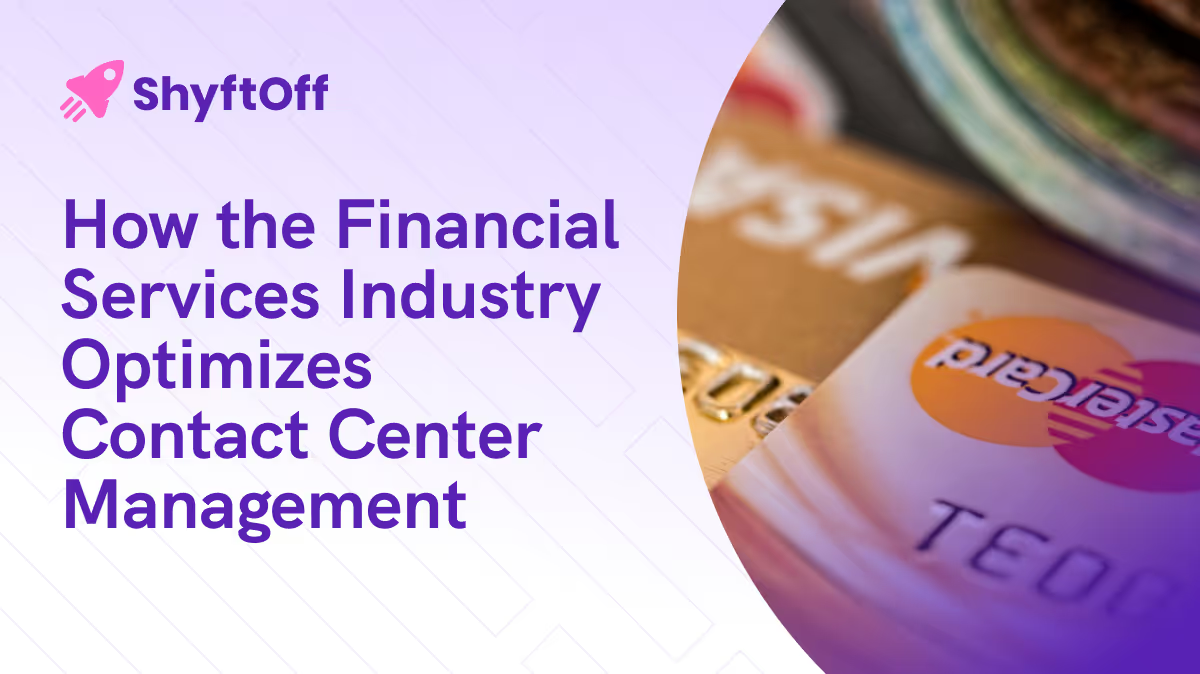
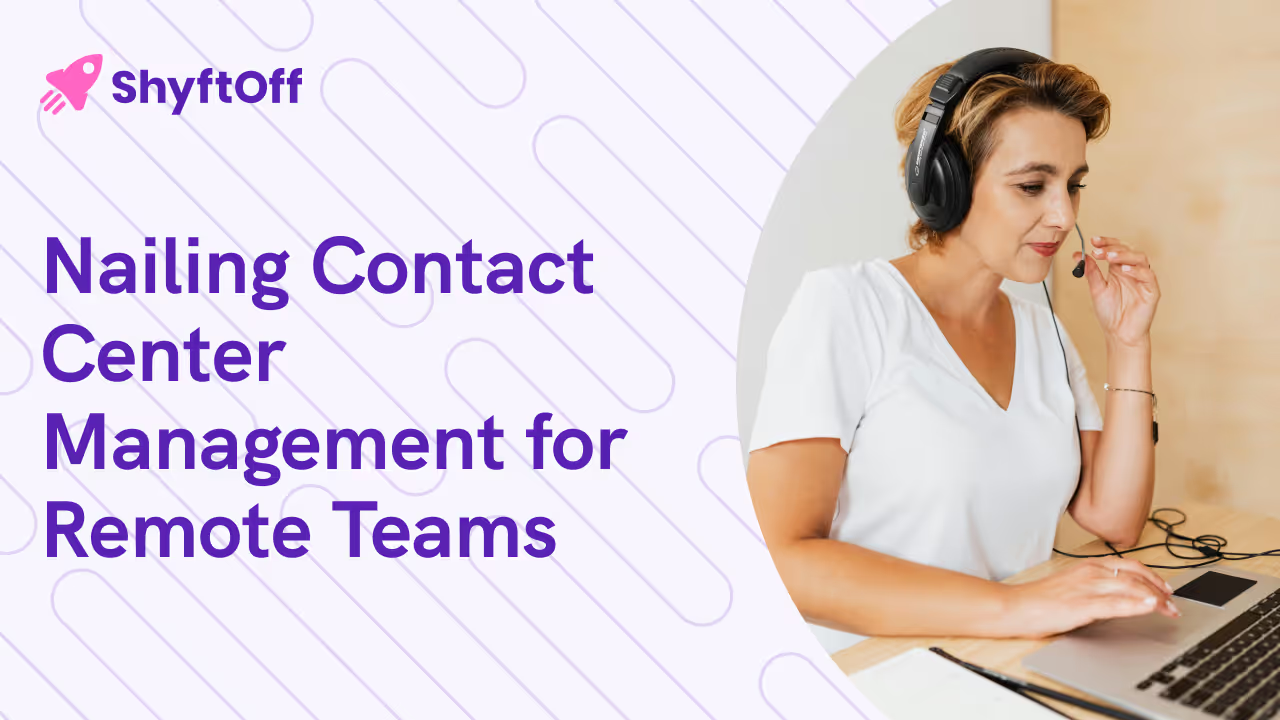

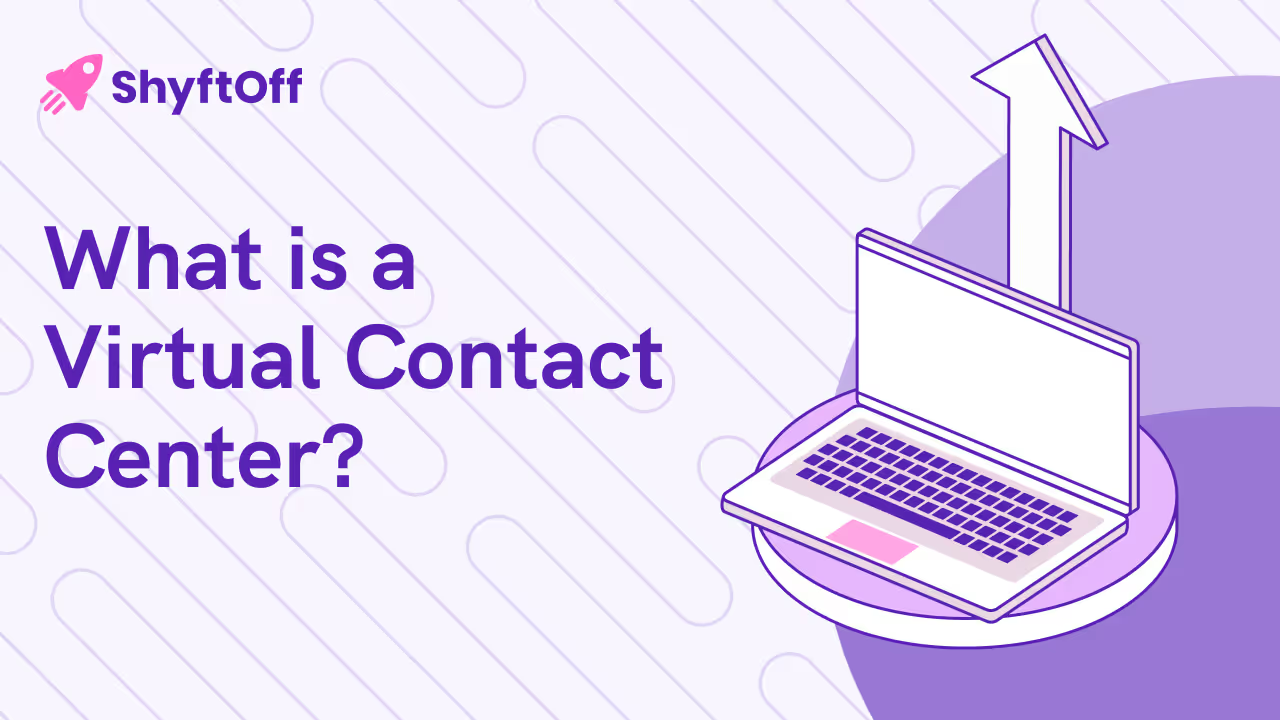
.avif)
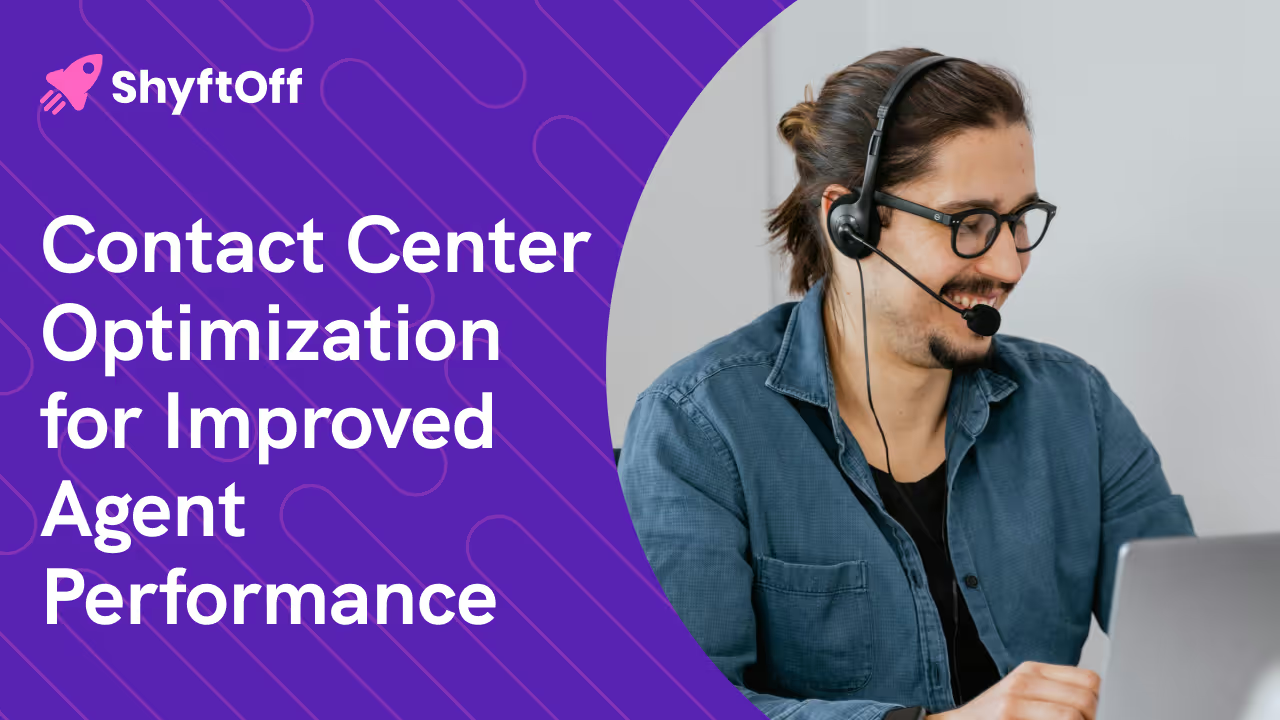
.avif)
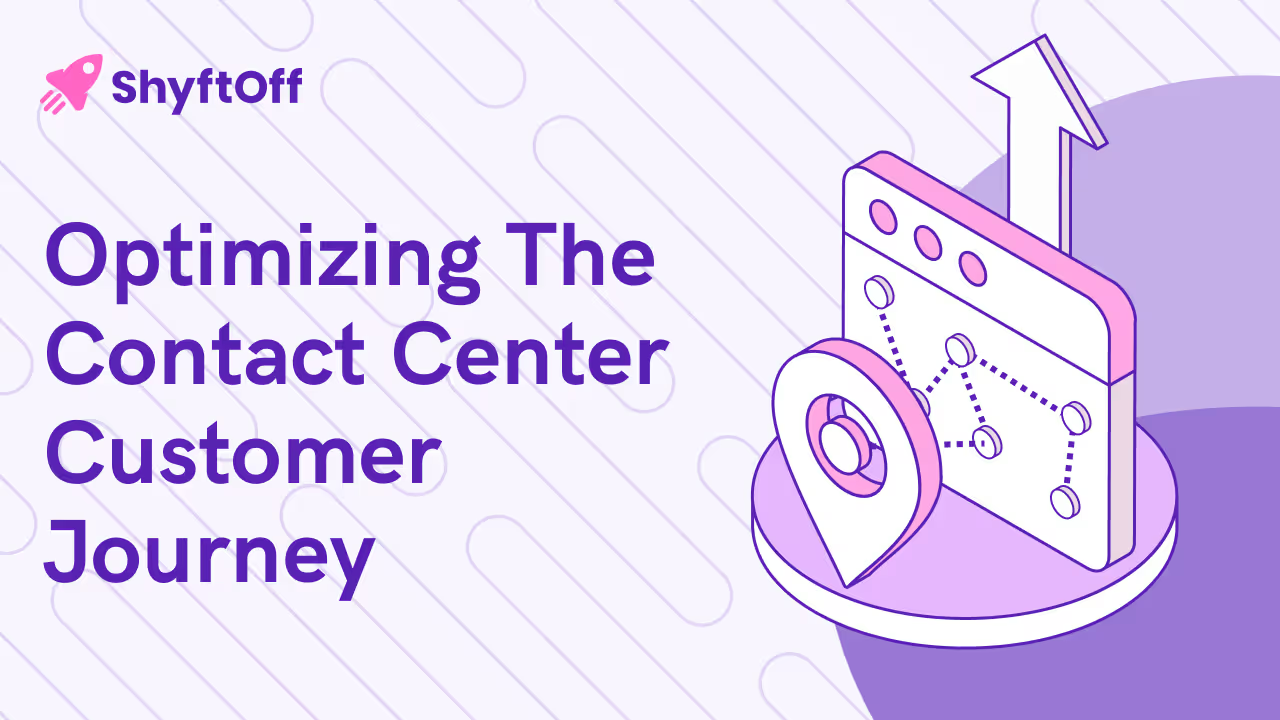
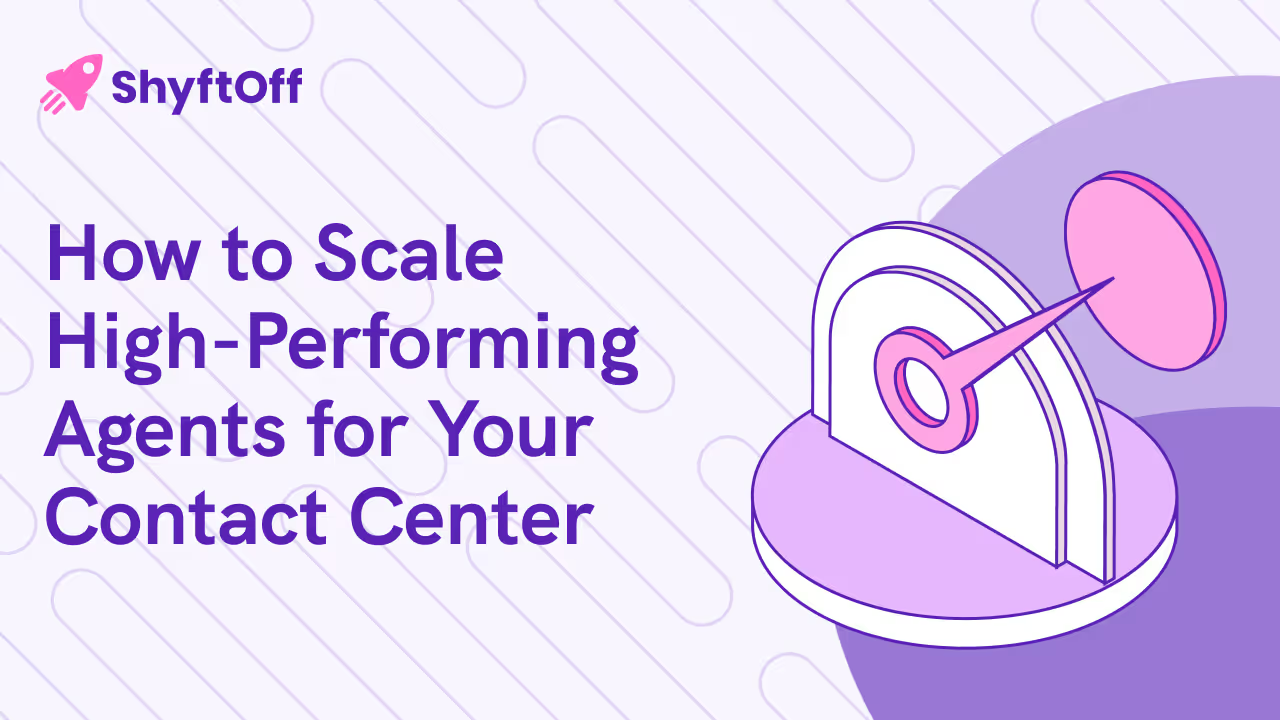
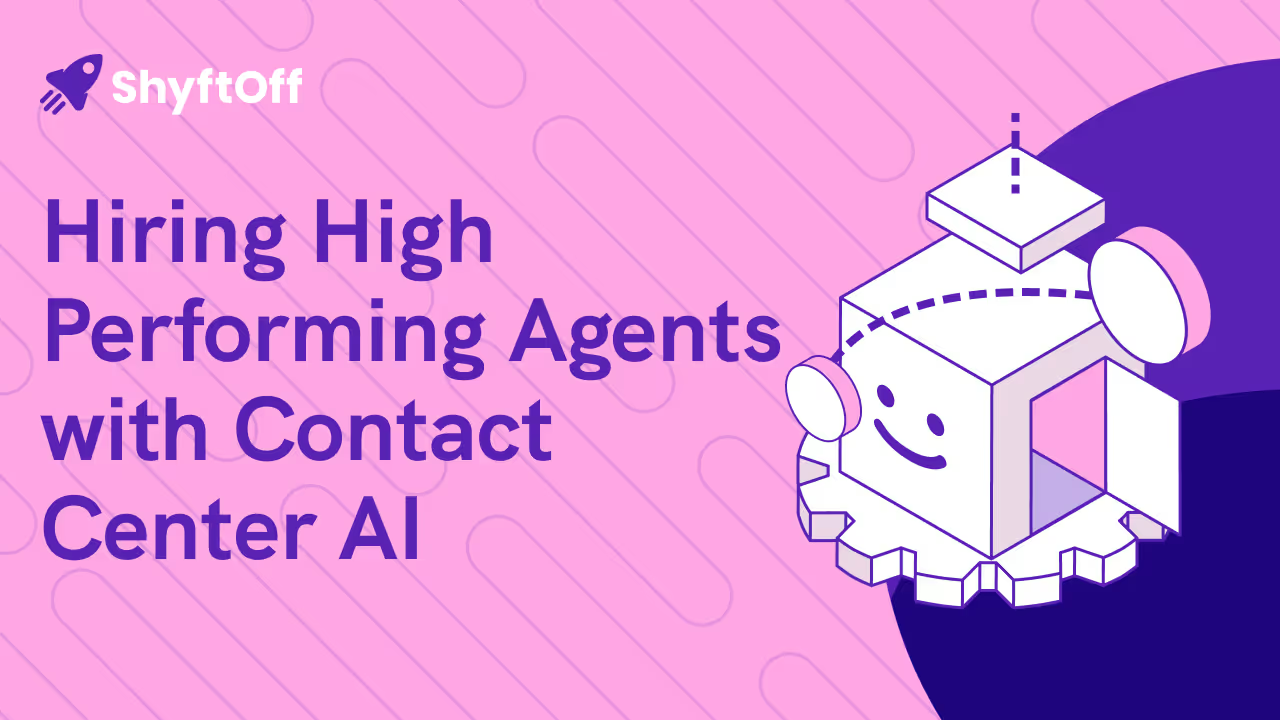
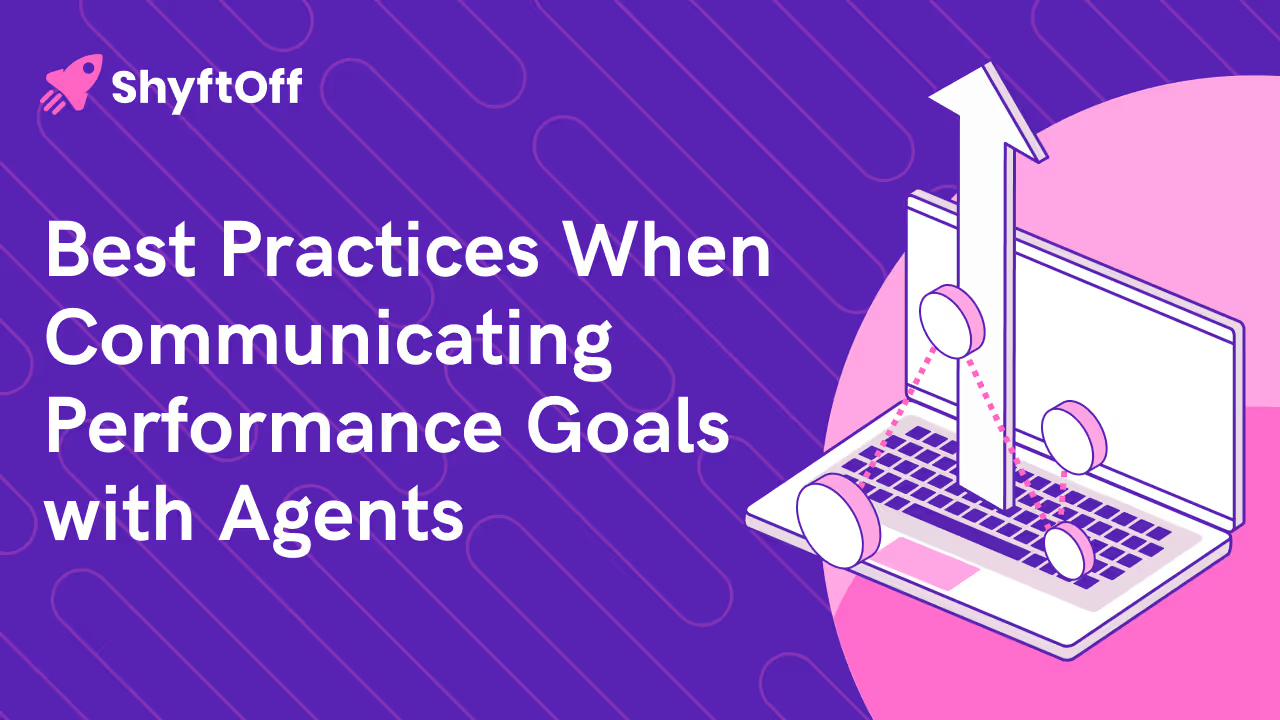
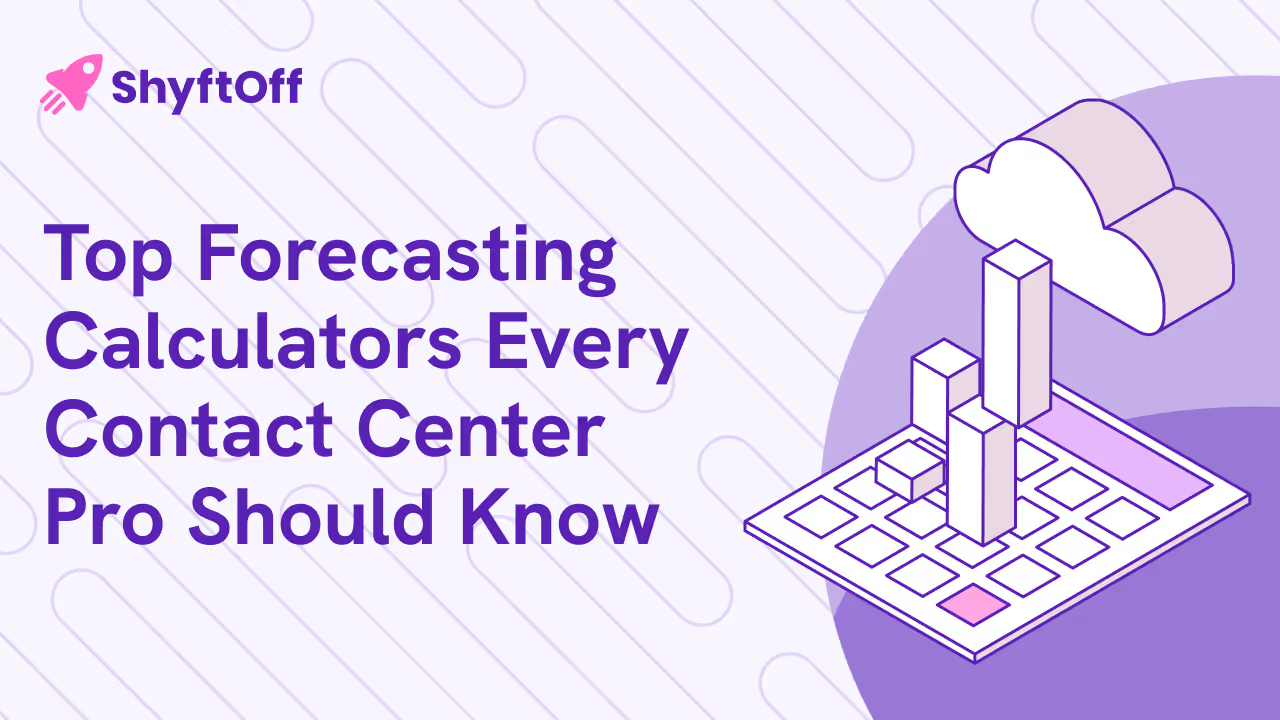
.avif)

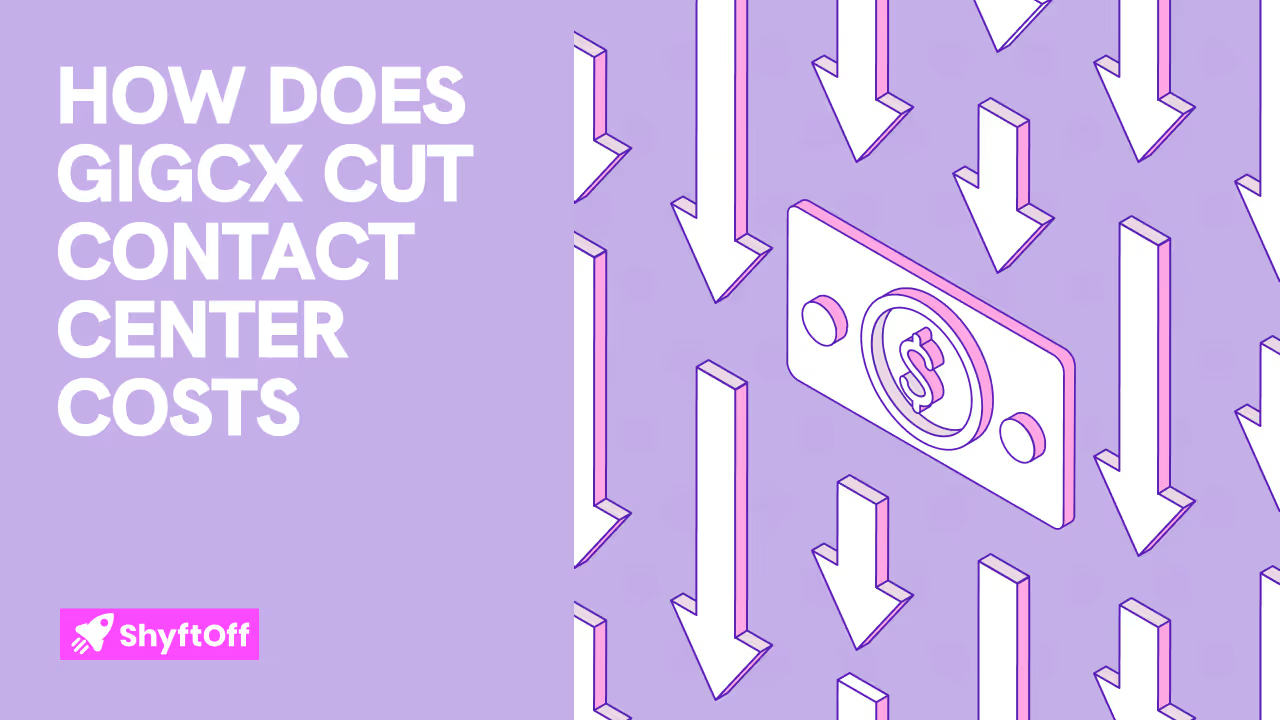
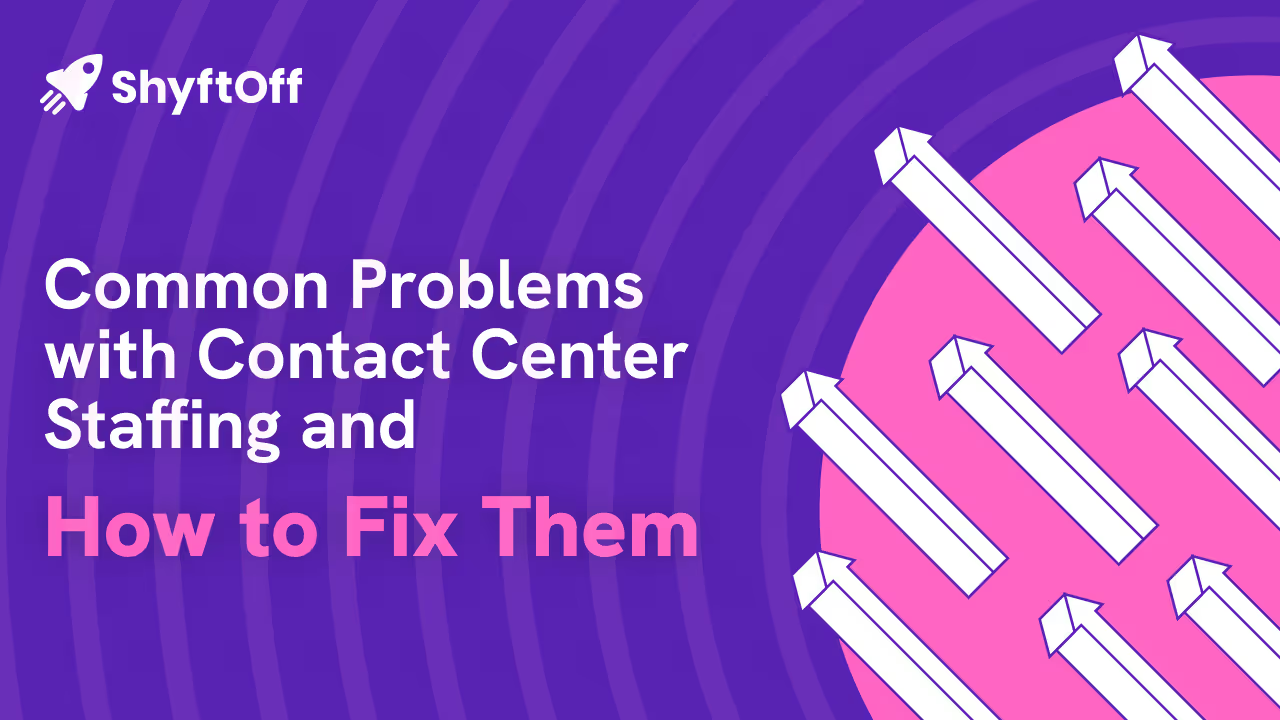

.avif)


.avif)

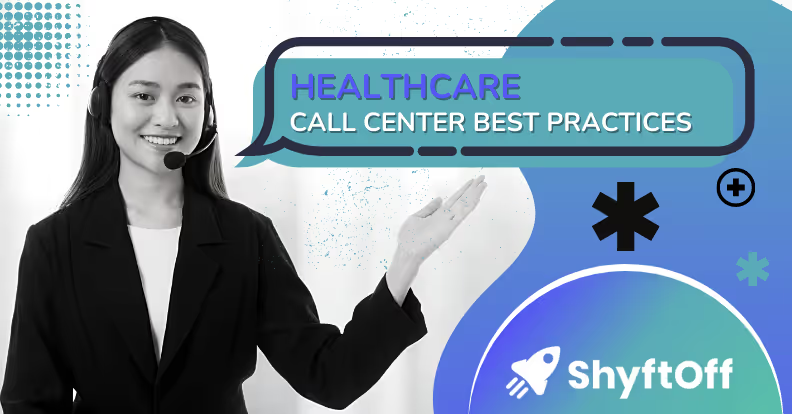


%2520(2).avif)
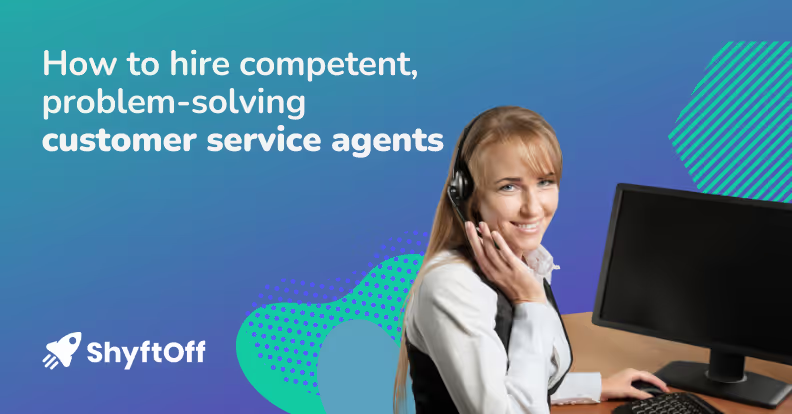


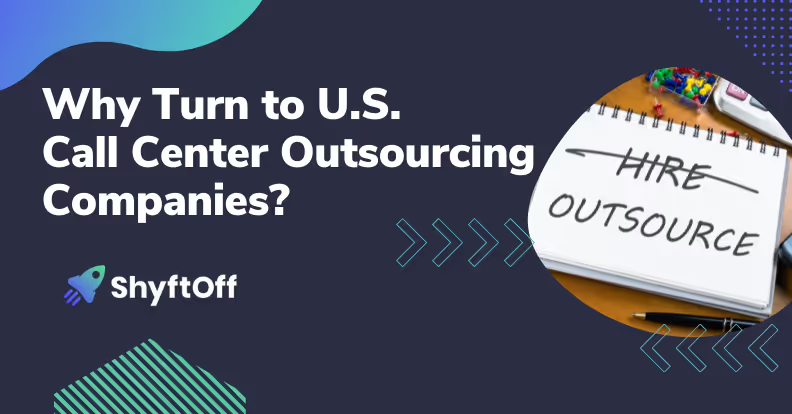
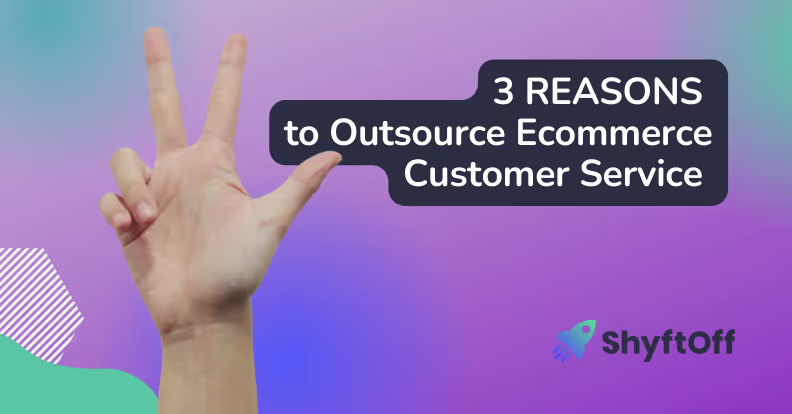


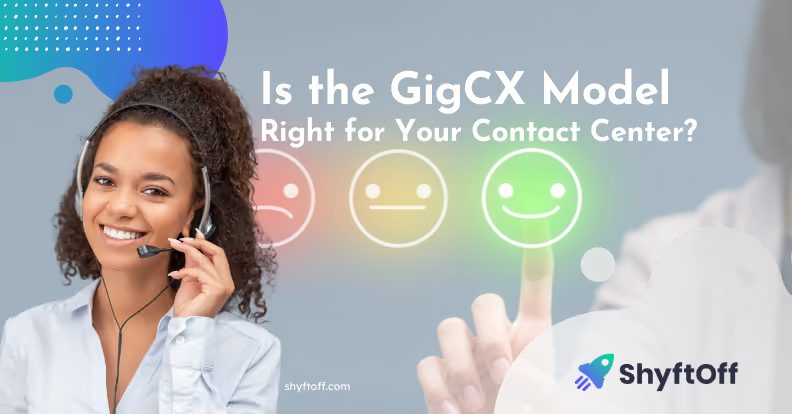
.avif)

